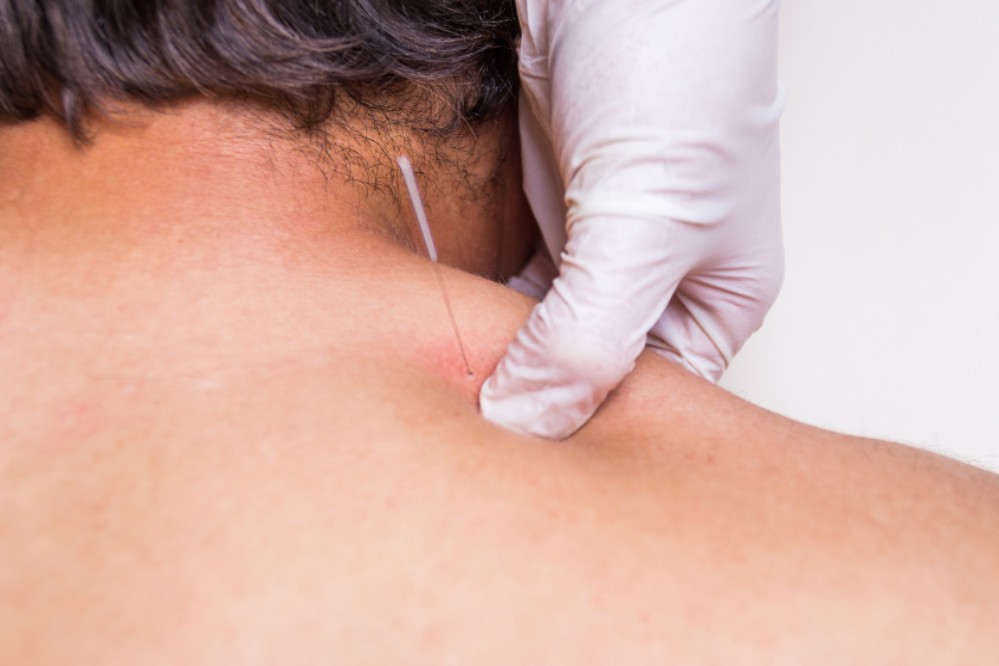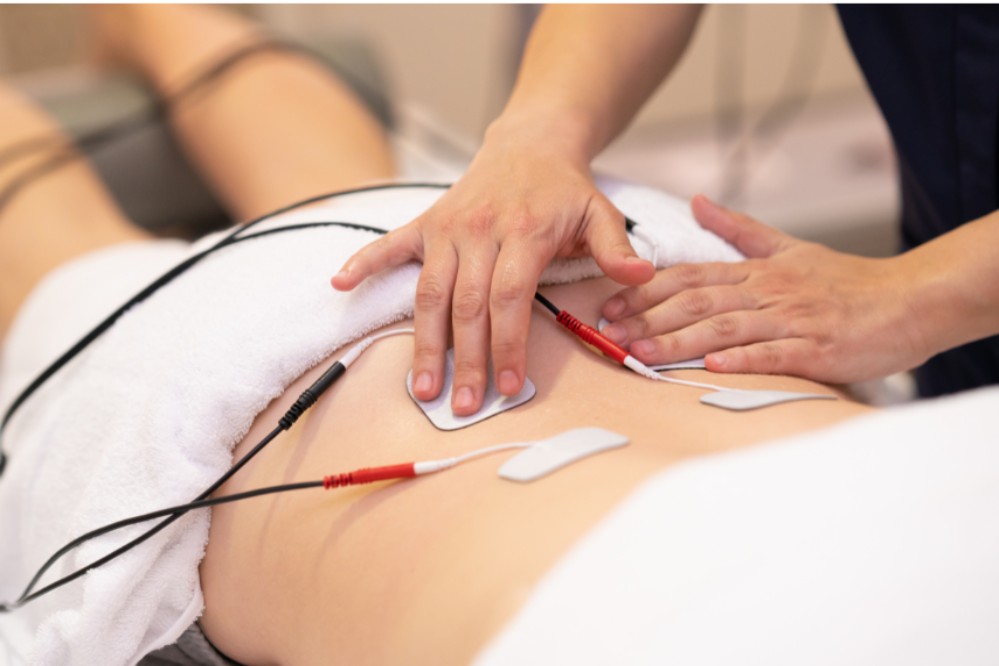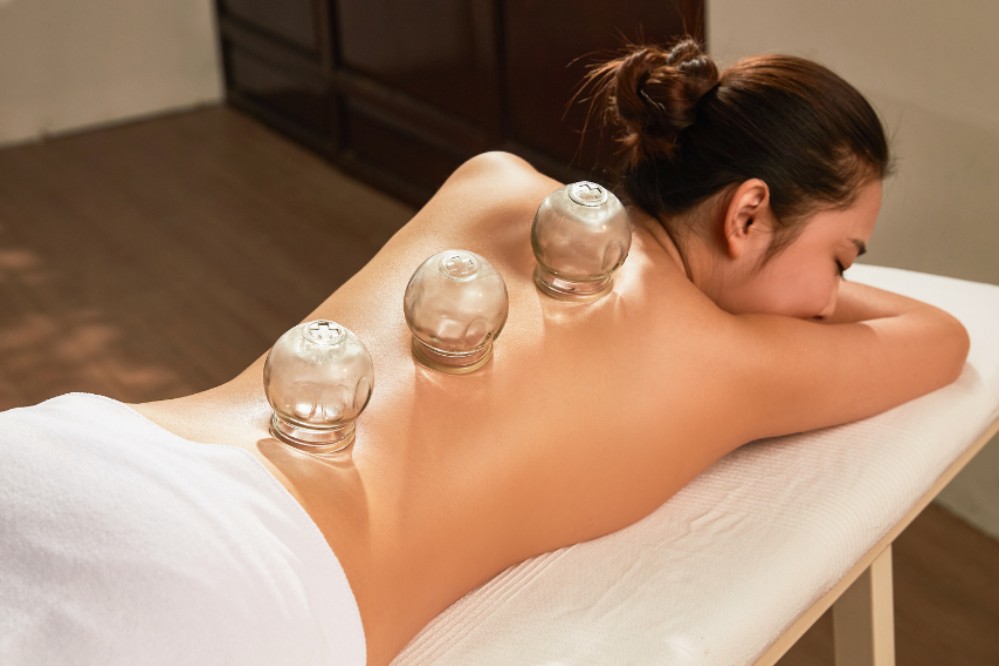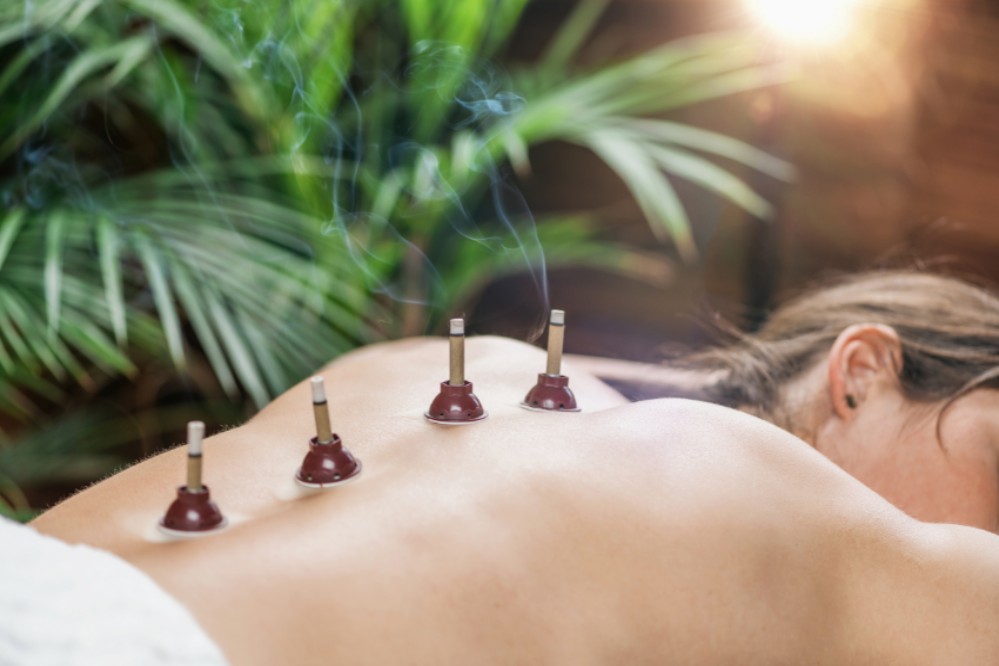Acupuncture is a traditional Chinese medicine technique frequently used to treat pain and promote overall wellness. It usually involves inserting thin steel needles into the skin, thus activating the muscles and sensory nerves. This can aid in the treatment of physical conditions and chronic pain. However, there are different types of acupuncture techniques, and many don’t involve needles.
The American Institute of Alternative Medicine (AIAM) has put together this guide to try and answer your questions about the different acupuncture techniques. Hopefully, by the time you read it, you will better understand acupuncture as a procedure and its various methods. Let’s dive right in!
The 7 Different Types of Acupuncture Techniques
Acupuncture is a fantastic way to reduce stress and enhance blood flow in your body. There are numerous therapeutic benefits of acupuncture, and several of these techniques could be applied depending on what health issue you are trying to target. Let’s take a look at some common acupuncture treatments and how they work.
Traditional Needle Acupuncture

This is certainly the most popular type of acupuncture. It focuses on restoring Qi (life force) flow along the body’s meridians to bring the body back into balance, regardless of the treated condition.
The natural functions of the body, such as hot and cold, internal and exterior, Yin and Yang, and excess and not excess, are examined by Traditional Chinese Medicine. Patients who receive this therapy claim relief from headaches, arthritis, colds, difficulty sleeping, stress, anxiety, and depression.
Needleless Acupuncture / Tui Na
A technique that pertains to Traditional Chinese Medicine—Tui Na—is frequently referred to as needleless acupuncture. Tui Na balances Yin and Yang energy in the body by removing obstructions in energy flow through meridians and acupressure points. It is a forceful sort of massage that entails ferocious friction.
These motions can result in friction burns if made directly on the skin; hence, they are typically performed through clothing. Tui Na is employed to maintain health and treat various ailments, such as digestive issues (e.g., IBS, constipation, abdominal pain, etc.)
Electric Stimulation & Microcurrent

Electro-acupuncture involves inserting standard acupuncture needles and tiny clips between two acupuncture points. Compared to the spinning of needles or other hand manipulation techniques an acupuncturist might employ, this one typically stimulates acupoints more. It targets the points connected to your symptoms to assist in resuming the flow of Qi.
The increased stimulation that is produced improves the energy flow between various sites, which reduces pain. This type of acupuncture could be the most effective when nerves or muscle groups are paralyzed (as long as the myelin coating is intact).
While electro-acupuncture and microcurrent are both forms of electrotherapy that target muscular strength and tone, they also have their differences. Both procedures raise and strengthen the facial muscles, promote collagen development, and are considered safe, relatively painless, and non-invasive. However, microcurrent devices use low-grade electrical impulses (low-voltage electrical current) to activate the muscles of the face. On the other hand, electro-acupuncture provides deeper muscle stimulation and strength by tightening the facial muscles.
Community Acupuncture
Community acupuncture involves treating a group of patients in a sizable space. This contrasts with traditional acupuncture, where the procedure is carried out in a private room. The community acupuncture method has been adopted by many clinics nationwide because it makes receiving treatment more convenient and economical.
Additionally, there are several benefits to treating patients in a group setting. For example, it’s easy for friends and family to receive therapy together, many patients find it pleasant, and an energetic group field is created that enhances the effectiveness of individual treatments.
Cupping & Gua Sha

The body may find it very challenging to eliminate toxins or cell waste when they accumulate in the muscles or joints, leading to increased obstruction and discomfort. Cupping is advised in this situation. Cupping is a suction method used to draw toxins and muscular waste from the body’s deeper tissues to the skin’s surface. Once on the surface, the body can much more easily eliminate pollutants using the capillary system or external blood supply.
Additionally, Gua Sha uses a similar principle and form of treatment to Cupping. Muscle adhesions are broken down, and new blood flow is promoted by gently scraping the tissues and muscles using a flat, smooth instrument. Both treatments are usually painless.
Korean Hand Therapy / Reflexology
Korean Hand Therapy is a strategy for using your hands to awaken the body to health and wellness. You can alleviate pain and balance the function of your internal organs by stimulating particular areas on your hands.
Pain in other body parts, including the back, neck, arms, legs, and feet, can be relieved through this technique. Korean Hand Therapy is a full microsystem of acupuncture comparable to foot reflexology. It is a simple-to-use self-treatment option for many conditions, especially pain management.
Moxibustion

The therapy known as Moxibustion involves burning mugwort leaves. This plant, which is tiny and spongy, is thought to improve acupuncture-assisted healing. So, using a stick to impart heat, the leaves are burned just below the skin’s surface.
According to Chinese Medicine, your body can handle a variety of difficulties, including digestive troubles and chronic pain, by increasing the circulation of Qi. So, Moxibustion’s goal is to promote the flow of Qi and maintain excellent health.
Benefits of Acupuncture
Acupuncture is used in various ways thanks to its effectiveness and adaptability. The primary objective of this strategy is pain management, but here are some other benefits that acupuncture offers:
- Reduced stress
- Reduced back and joint pain
- Headache relief
- Improved eye health
- Enhanced mental clarity
- Reduction of symptoms of neurological disorders
- Improved immunity
- Fewer digestive problems
- Increased energy
- Better sleep
- Relief from allergies
- Enhanced fertility
- Improved healing after medical procedures, etc.
Find Pain Relief at Our Holistic Wellness Center!
Acupuncture is a fantastic treatment option for managing pain, easing chronic stress, lowering muscle tension, and improving general health. The many forms of acupuncture can aid in the body’s natural healing process if an energy blockage causes issues.
If you are looking for acupuncture services, check no further than acupuncture therapy here at AIAM. Our acupuncture treatment programs are customized to meet the specific objectives of each patient. Schedule an appointment now!